Explore Turkey’s Top 10 Mysterious Destinations Full of Legends
Turkey, which has been home to civilisations for thousands of years, is a fascinating geography full of historical buildings, ancient cities and archaeological discoveries. From Göbeklitepe to Cappadocia, Aspendos to Mount Nemrut, these unique cultural heritages fascinate both history lovers and travellers. In this article, you will discover must-see historical sites, UNESCO World Heritage sites and little-known archaeological treasures in Turkey. Let's explore the must-see mystical places in Turkey together!
1. Aspendos Ancient City - Antalya
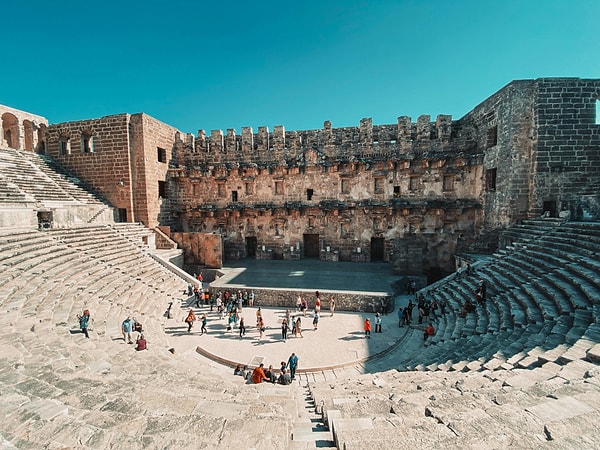
Home to the best-preserved ancient theatre in the Mediterranean, Aspendos is notable not only for its architectural splendour but also for being an important trade centre throughout history. In these lands where many civilisations ruled from Persia to the Roman Empire and then to the Seljuks, archaeological excavations, which have been going on since 2008, reveal that the known history of Aspendos extends much deeper. Structures such as aqueducts and the assembly building, which bear the traces of an advanced social life, and silver Aspendos coins found in many excavations in the Mediterranean prove that the people of the region were not only culturally but also economically developed. The uninterrupted excavation and documentation works may reshape the historical scene with even more striking findings in the coming years.
2. Göbeklitepe - Şanlıurfa
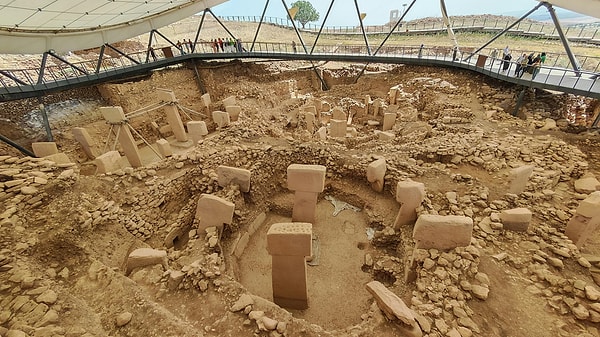
Göbeklitepe, which was included in the UNESCO World Heritage List in 2018, is an important centre that will rewrite human history with its 12,000-year history. These monumental structures, which are even older than the Egyptian pyramids, consist of stylised obelisks weighing 10 tonnes and about 7 metres high. Recent excavations at Göbeklitepe, which is considered to be the world's oldest centre of worship, show that it may also have been a settlement. However, according to the archaeological research conducted so far, it was thought that the people of that period had not yet settled down. For this reason, Göbeklitepe is referred to as the 'zero point of history' by many researchers.
3. Cappadocia - Nevşehir
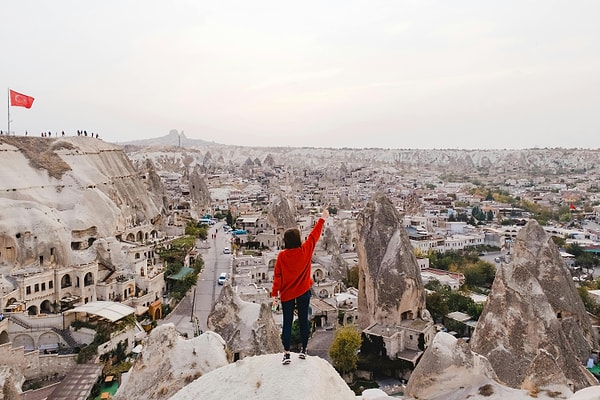
Cappadocia, which has gained worldwide fame with its fairy chimneys, is admired not only for its natural beauties but also for its complex urban system built underground. The underground cities, which are thought to have a history of at least 10,000 years, are a marvel of engineering with rooms, passages, tunnels and ventilation systems carved into the rocks. It is still a mystery as to which people built this magnificent underground structure of Cappadocia, which is mentioned in the sources of ancient civilisations such as the Hittites and Persians. Considered an archaeological masterpiece, this system continues to shed light on the lifestyles of humanity underground.
4. Çatalhöyük Neolithic City - Konya
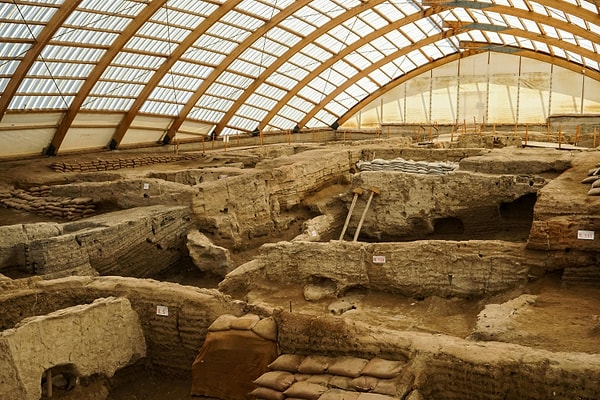
Discovered in 1958, Çatalhöyük is considered one of the oldest and most populous settlements in the world. This ancient city, which has many traces of settled life such as wall paintings, ceramics and reliefs, has a history dating back to the Neolithic Age. In 2012, Çatalhöyük was included in the UNESCO World Heritage List, and it is also one of the rare regions where the first examples of urbanisation are seen. No monumental structures symbolising a ruler or leader have been found in excavations to date. This situation suggests that the community living here may have lived in an egalitarian structure. Ongoing research has the potential to provide not only archaeological but also socially important information.
5. Mount Nemrut - Adıyaman

Mount Nemrut, with an altitude of 2150 metres, is both a natural and a historical monument shaped by human hands. According to archaeological findings, the ruler of the Commagene Kingdom wanted to create a new belief system by synthesising Eastern and Western cultures and to achieve immortality. Accordingly, in the 1st century BC, he had a monumental tomb built on the summit of the mountain with gigantic statues and inscriptions. How these statues, which are over 10 metres in height and depict Persian and Greek gods, were carried to the summit with the technology of the period is one of the mysteries still unsolved. In addition, the king's tomb, which is known to contain a worship area, and most of the underground tunnels have not yet been reached. It should not be forgotten that Mount Nemrut is also one of the active volcanic mountains in Turkey, which is likely to become active again.
6. Sümela Monastery - Trabzon

Sümela, also known as the Monastery of the Virgin Mary, is a place of worship where, according to a rumour, two priests who saw Jesus Christ and Mary in their dreams laid the foundations with this divine inspiration. The monastery, built between 365-395 AD, was originally only a church, but over time it became a full-fledged religious complex with the addition of student rooms, chapels, frescoes, an aqueduct, a kitchen and a library. Built on a steep mountain slope, the structure is approximately 300 metres above the valley where it is located. Sümela Monastery, which is considered one of the oldest worship and pilgrimage centres in the history of Christianity, has won the admiration of many rulers from Roman Emperors to Fatih Sultan Mehmet. Thanks to the donations and contributions made, it is thought that the monastery can host a great treasure that has not yet been unearthed.
7. Ani Ruins - Kars
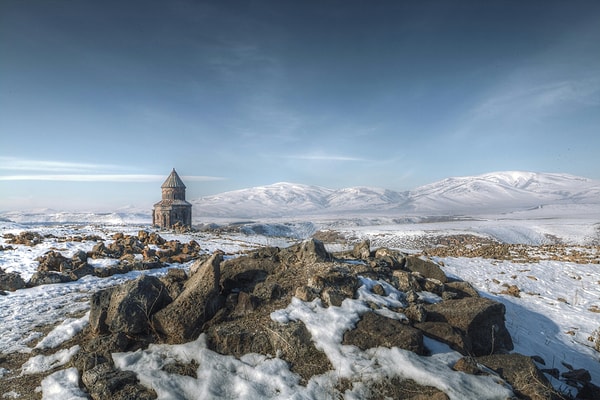
One of the silent witnesses of history, Ani Ruins is an impressive open-air museum rising on the banks of the Arpaçay River on the Turkish-Armenian border. Known as the ‘City of 1001 Churches’, Ani was a major cultural, religious and commercial centre in the Middle Ages. Ani, which became a magnificent city especially during the Bagratuni Kingdom in the 10th century, bears the traces of many civilisations such as the Seljuks and the Byzantines. In this ancient city, which was included in the UNESCO World Heritage List in 2016, many structures such as city walls, cathedrals, mosques, Zoroastrian temples and caravanserais coexist. Although it has been destroyed by natural disasters and wars, the ruins still standing today shed light on the multicultural history of the region for thousands of years.
8. Zeugma Ancient City - Gaziantep

Zeugma Ancient City, located on the banks of the Euphrates River, was founded in 300 BC by Seleucus, one of the generals of Alexander the Great. Zeugma, whose name means ‘bridge’ or ‘passage’, became an important trade and cultural centre during the Roman period. One of its most remarkable features is its extraordinary floor mosaics dating back to the 2nd and 3rd centuries AD. Thanks to the emergency rescue excavations carried out in the city, which faced the risk of being flooded by dam waters in the 2000s, world-famous mosaics such as ‘Gypsy Girl’ were unearthed. Today, these artefacts are exhibited in the Gaziantep Zeugma Mosaic Museum and provide unique information about the artistic and aesthetic understanding of the ancient period. Zeugma is not only an ancient city, but also a window to the art and cultural richness of the time.
9. Patara Ancient City - Antalya
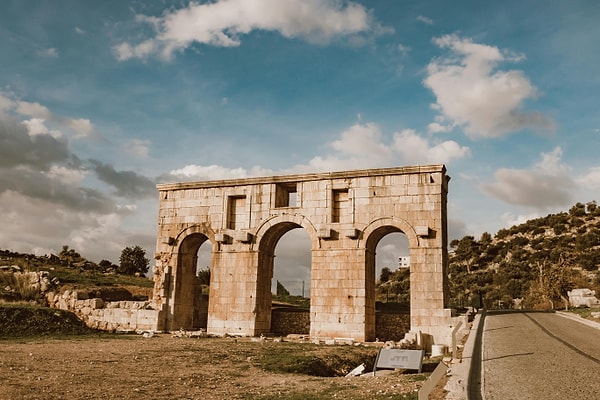
Patara, the capital of the Lycian Union and one of the most important port cities, has been an influential centre not only commercially but also politically and culturally throughout history. Patara, referred to as the 'city of lights' in ancient sources, was one of the three important voting cities in Anatolia during the Roman period. The ancient parliament building here is one of the oldest known democratic parliament buildings in the world and is of great importance for the history of democracy even today. In addition, according to mythology, Patara, which is considered to be the birthplace of the god Apollo, was both a sacred area and a strategic location in terms of maritime. The ancient theatre, main street, bath complexes and water canals reveal that Patara had a developed city life.
10. Myra Ancient City - Antalya
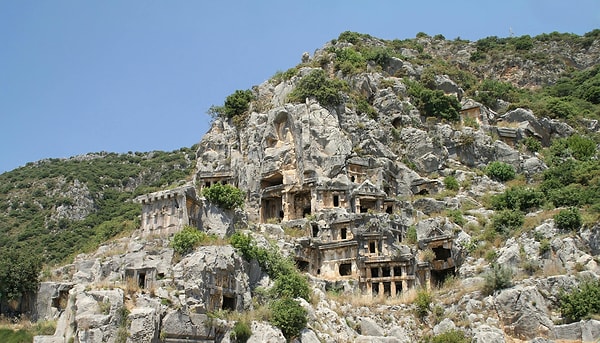
Myra Ancient City, located in the Demre district of Antalya, has one of the most impressive ruins of the Lycian civilisation. The city, which attracts attention especially with its monumental tombs carved into the rocks and impressive theatre, is of great importance both architecturally and religiously. Myra is also a sacred place for the Christian world; because St Nicholas, known as Santa Claus, was a bishop here. For this reason, Myra contains both the legacy of ancient civilisations and the traces of the early Christian period. The city's theatre and tombs represent the pinnacle of rock carving techniques and stonemasonry, offering visitors a journey through history.
Keşfet ile ziyaret ettiğin tüm kategorileri tek akışta gör!

Send Comment